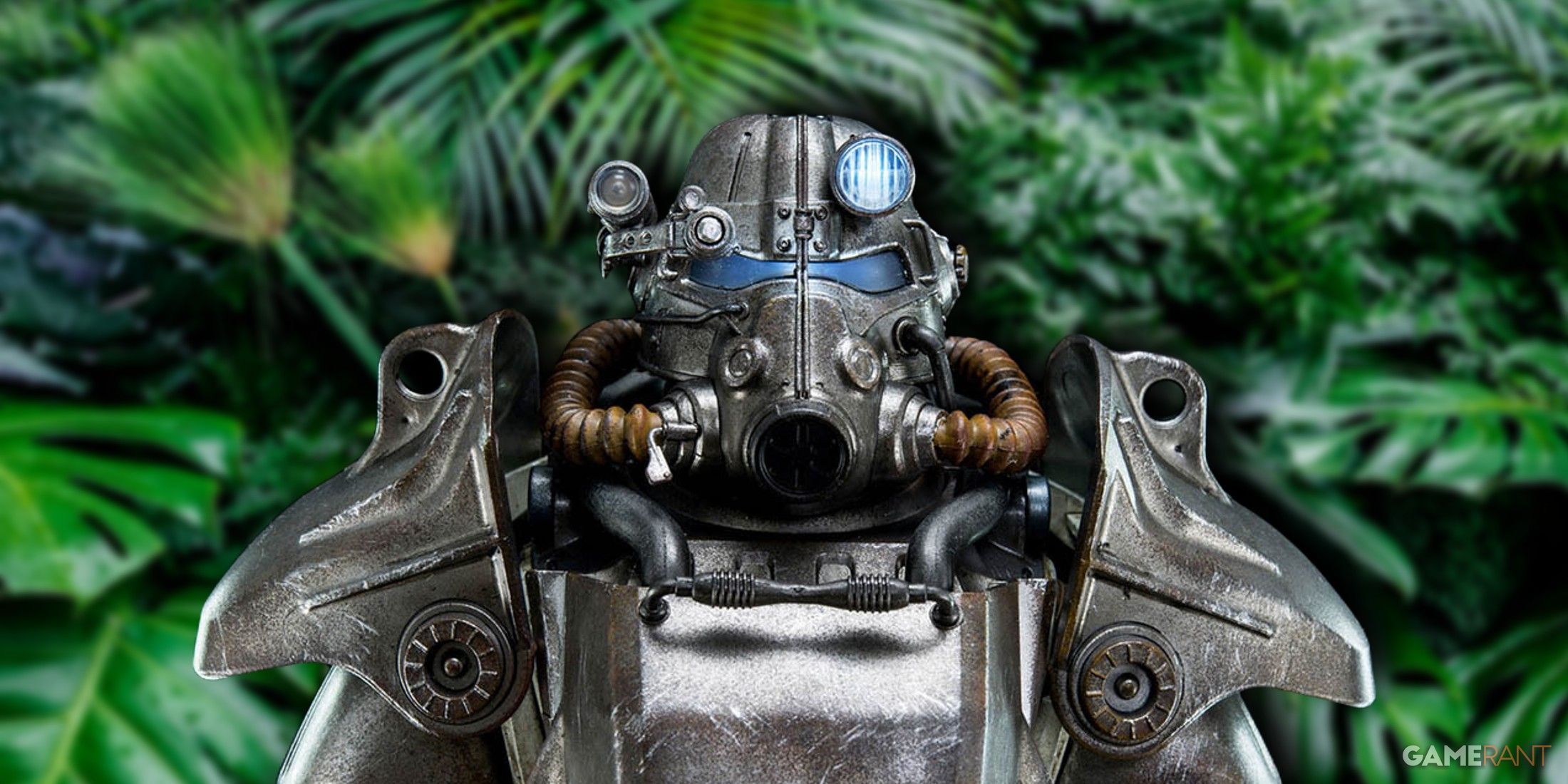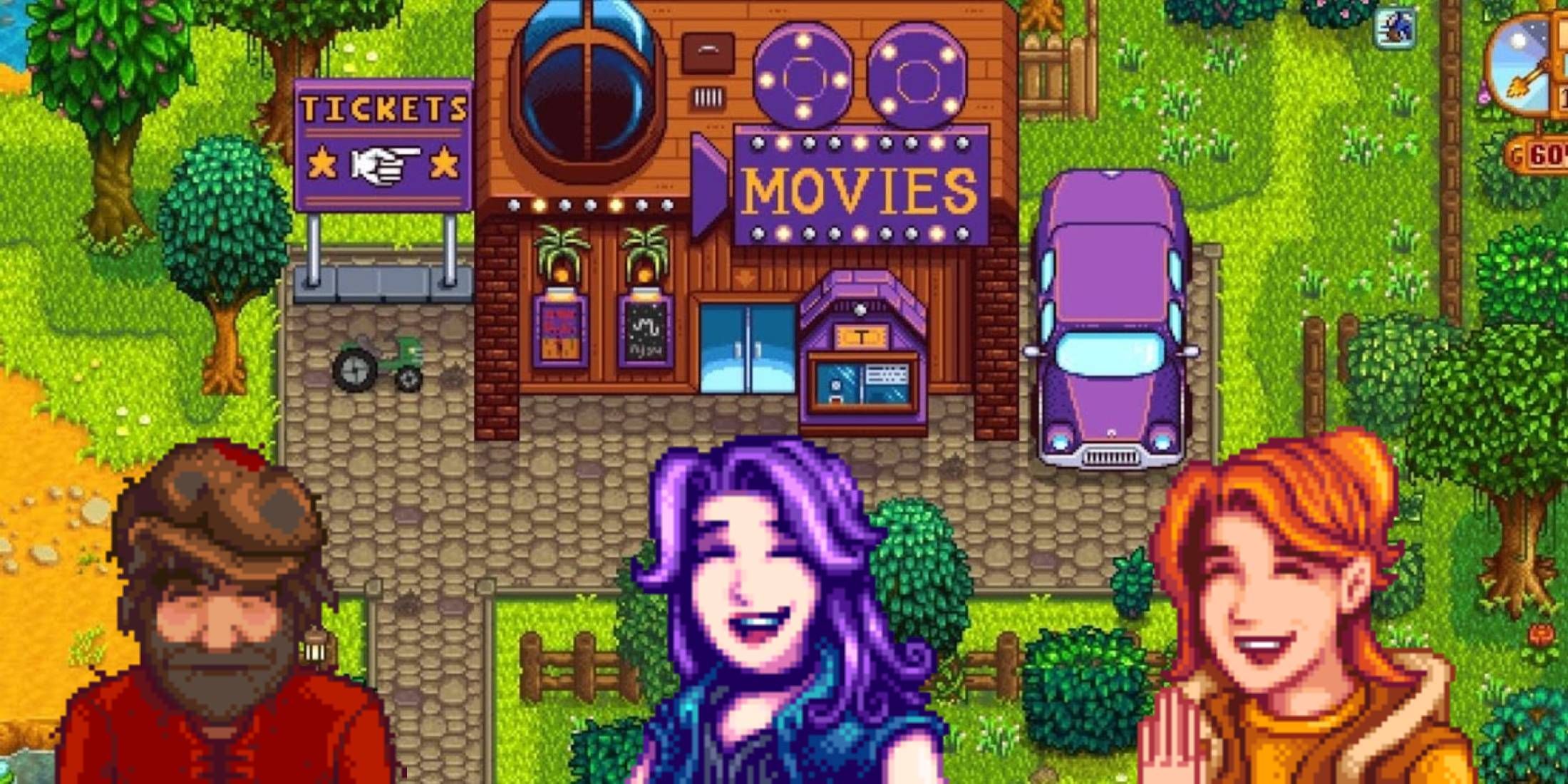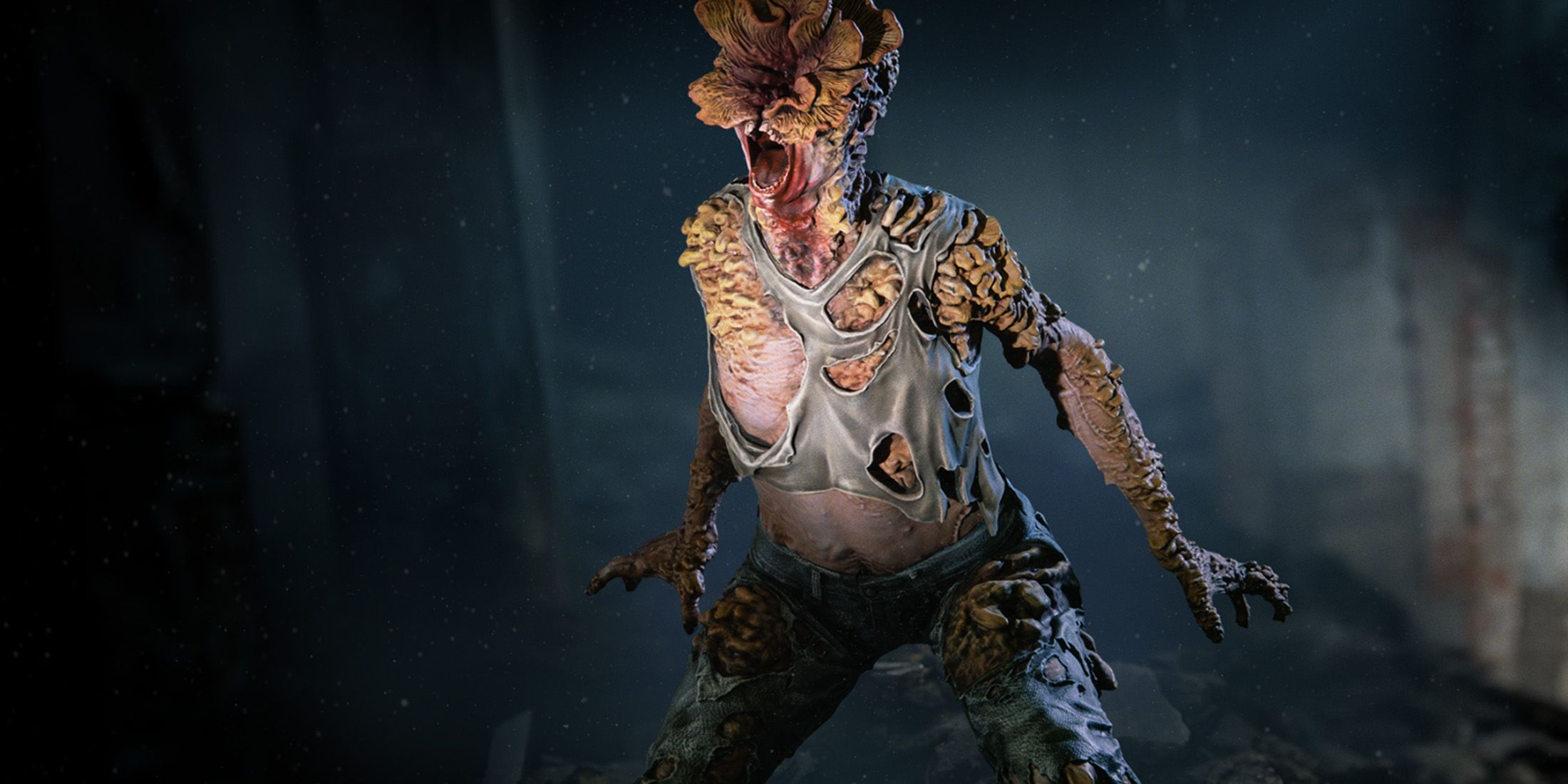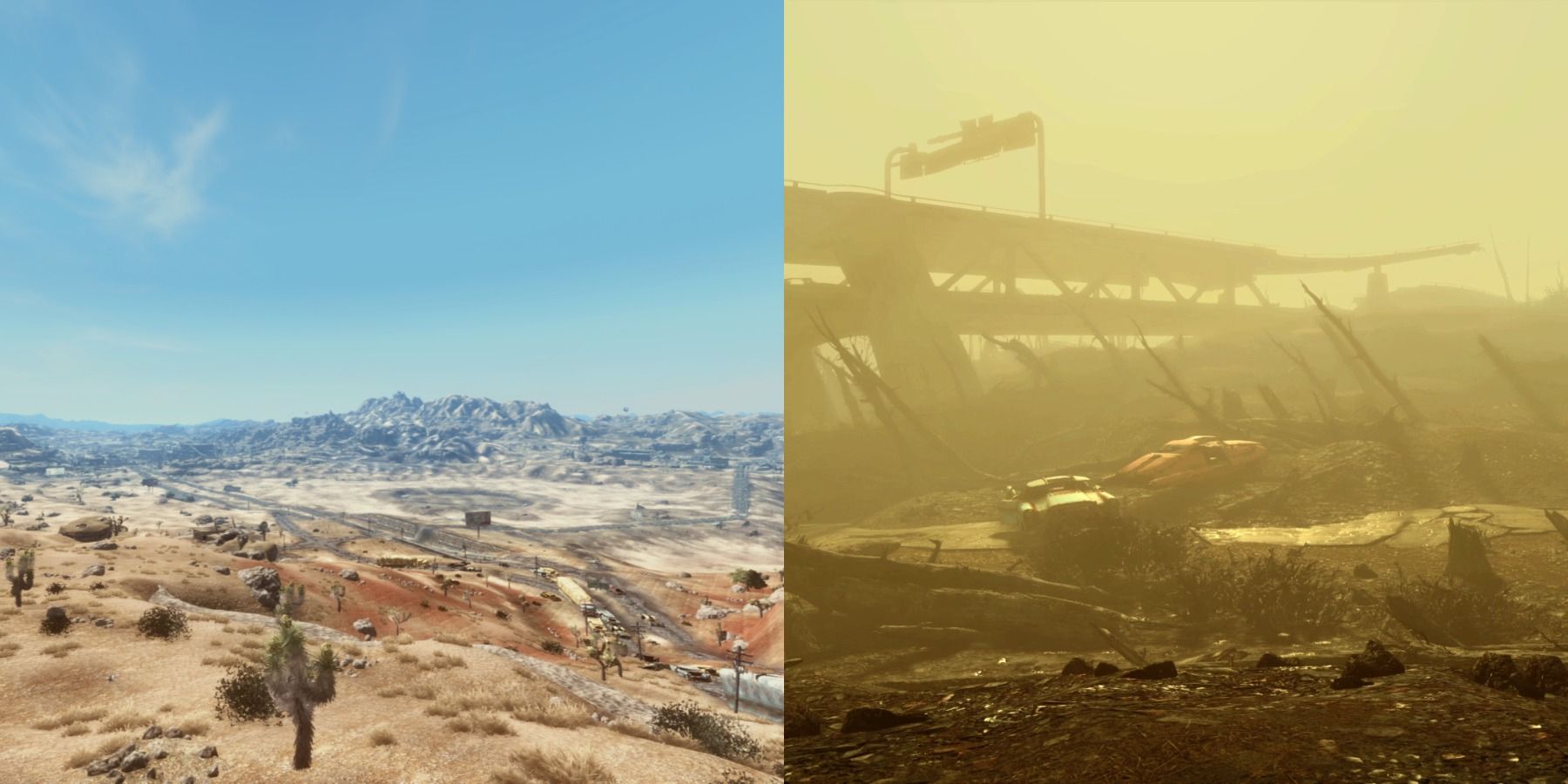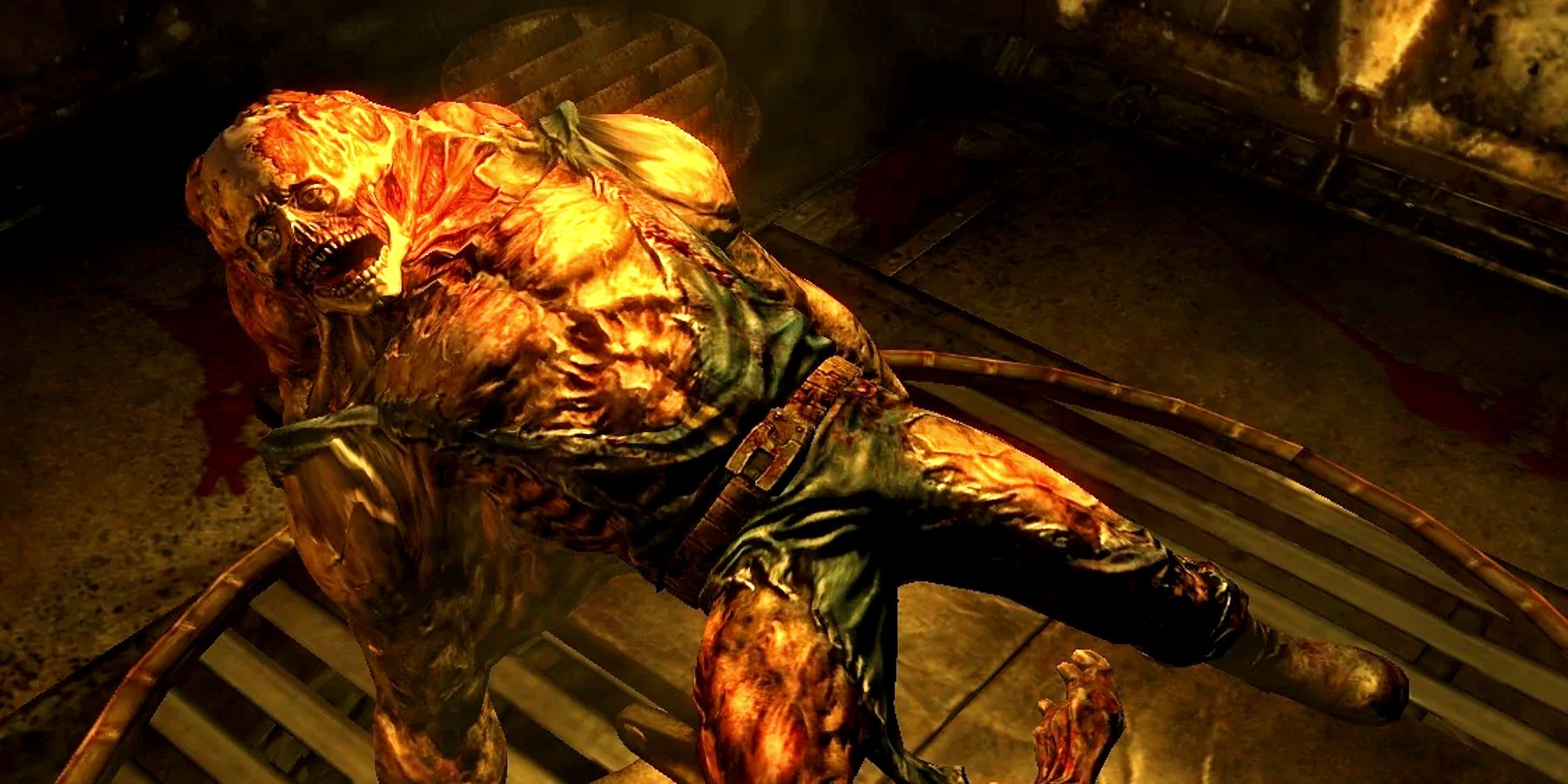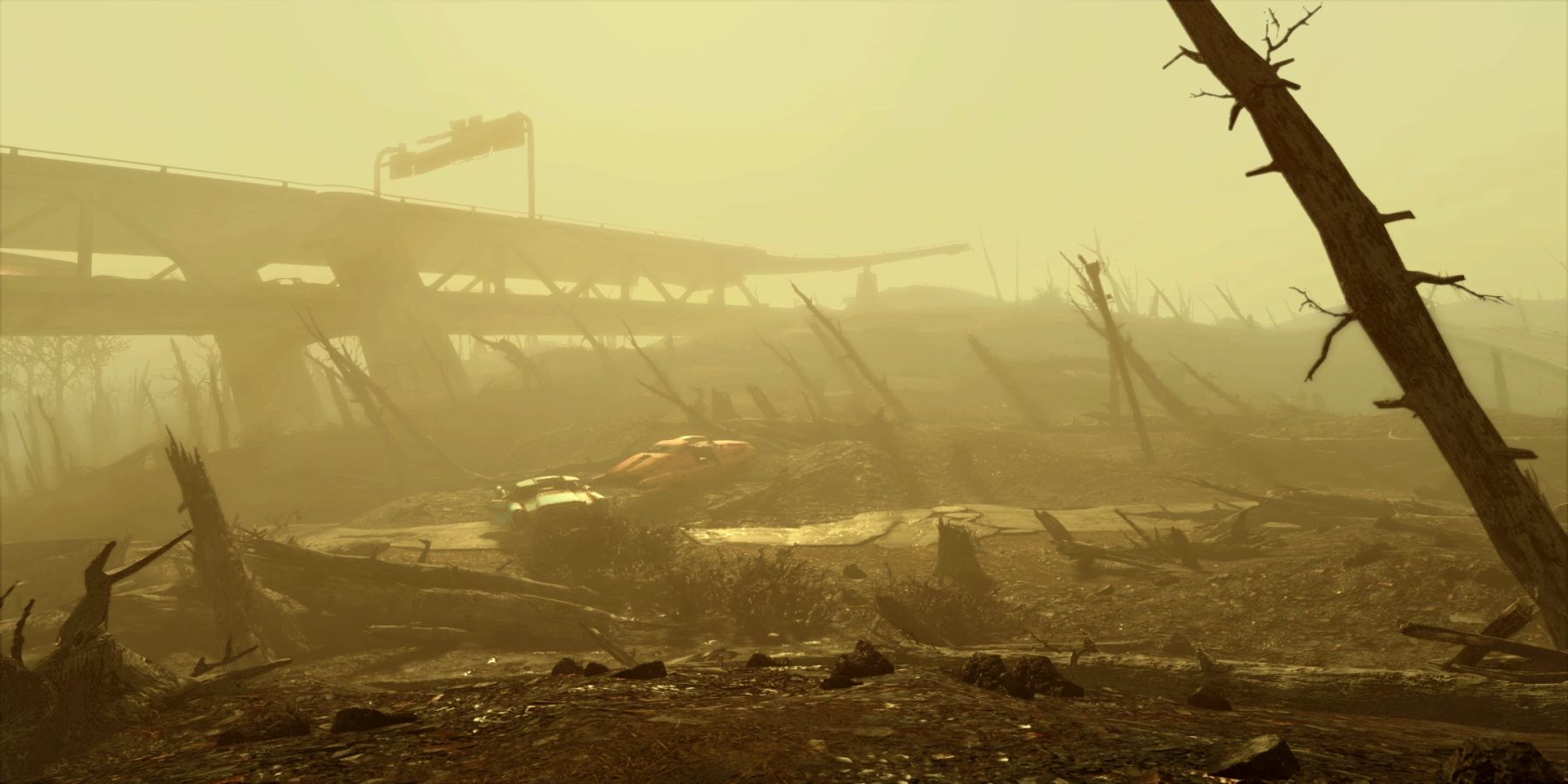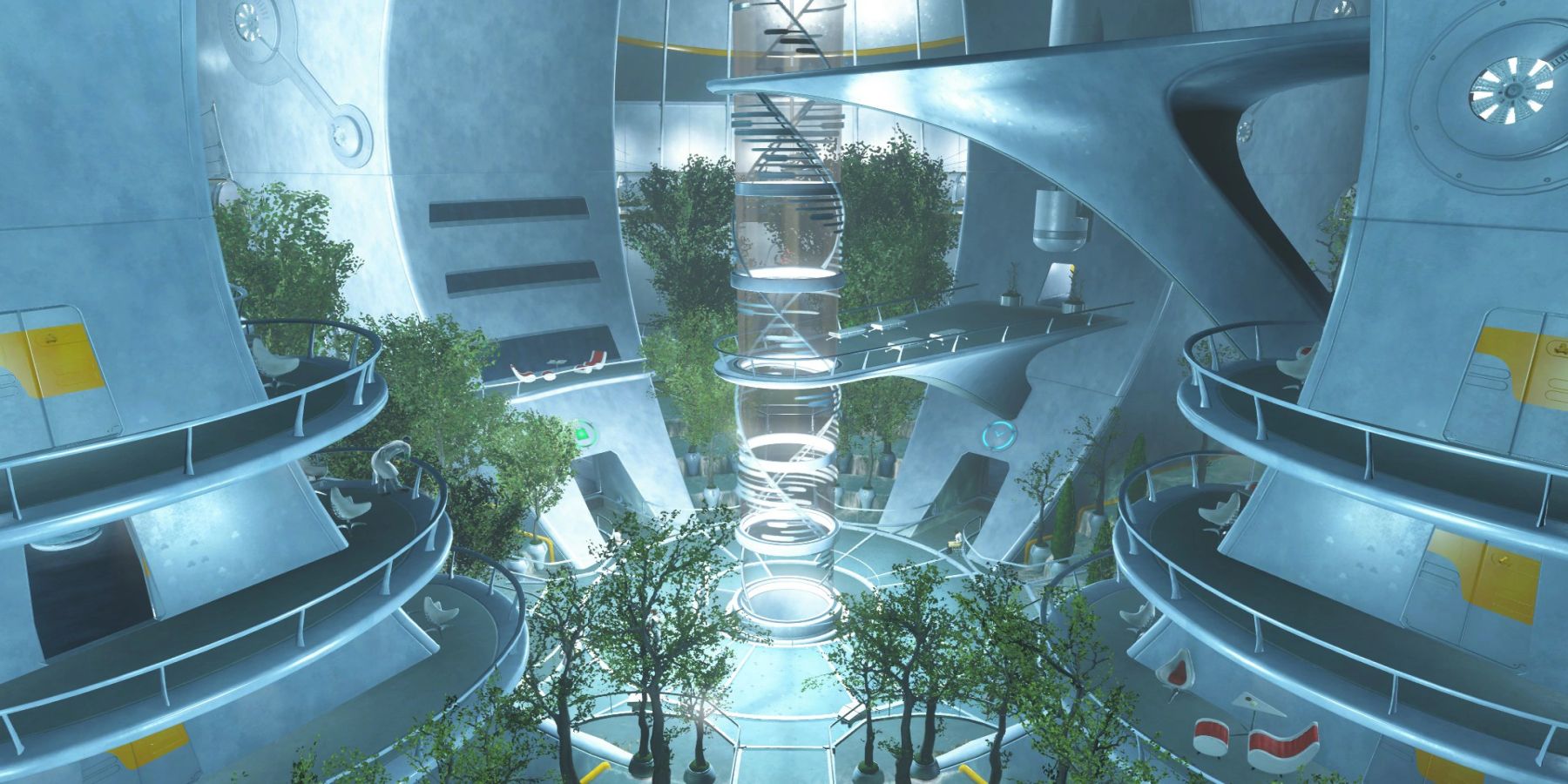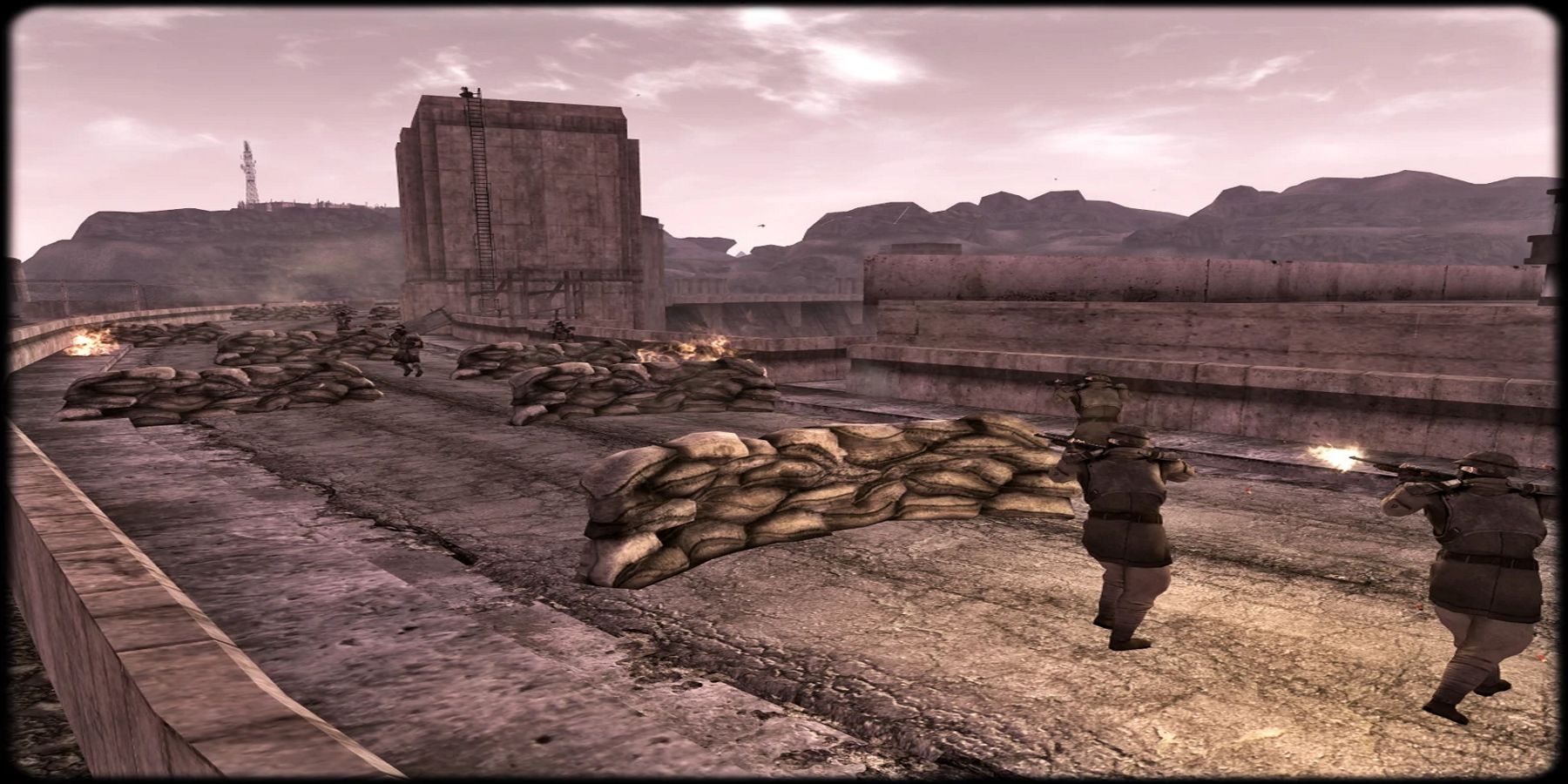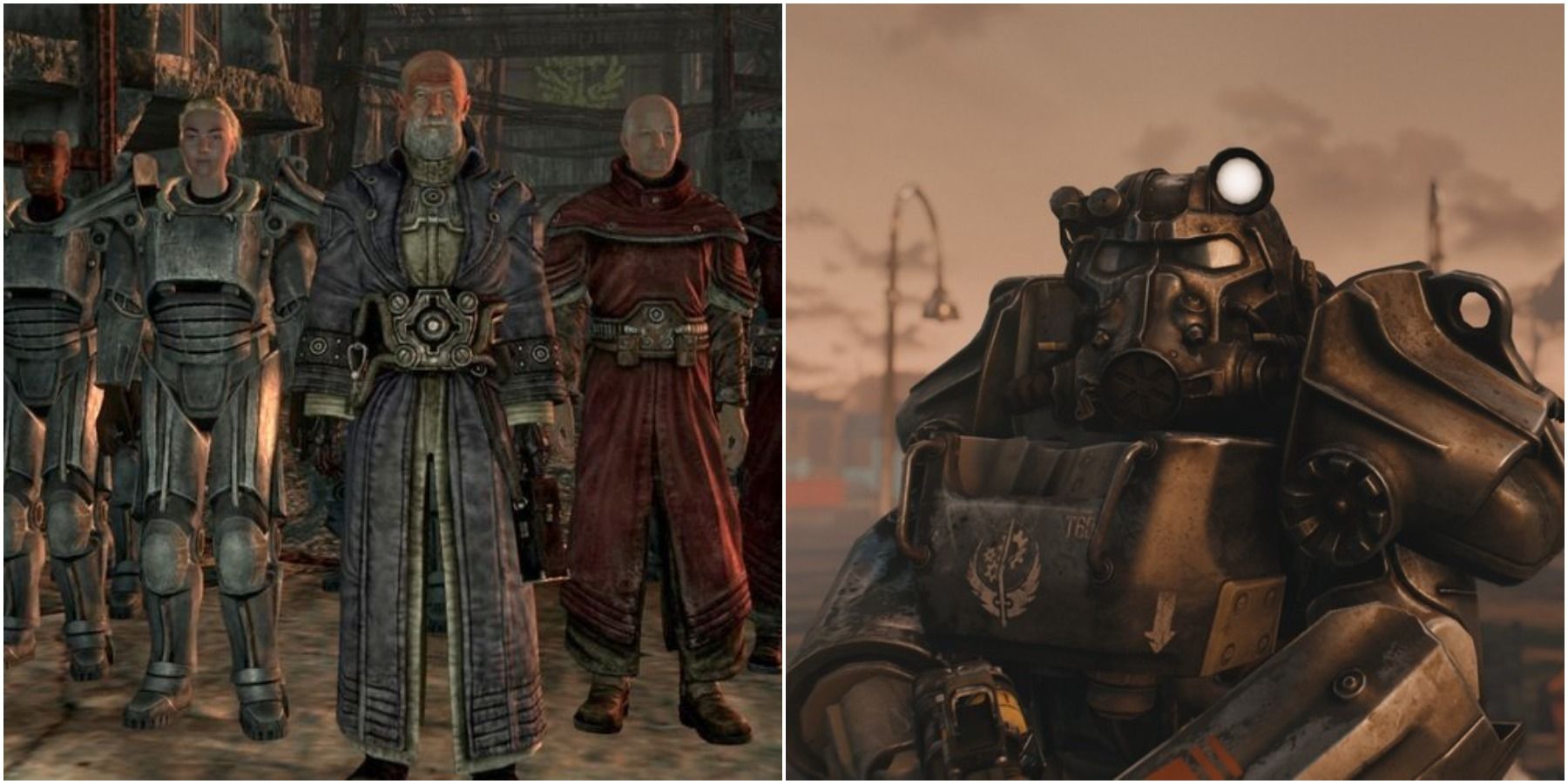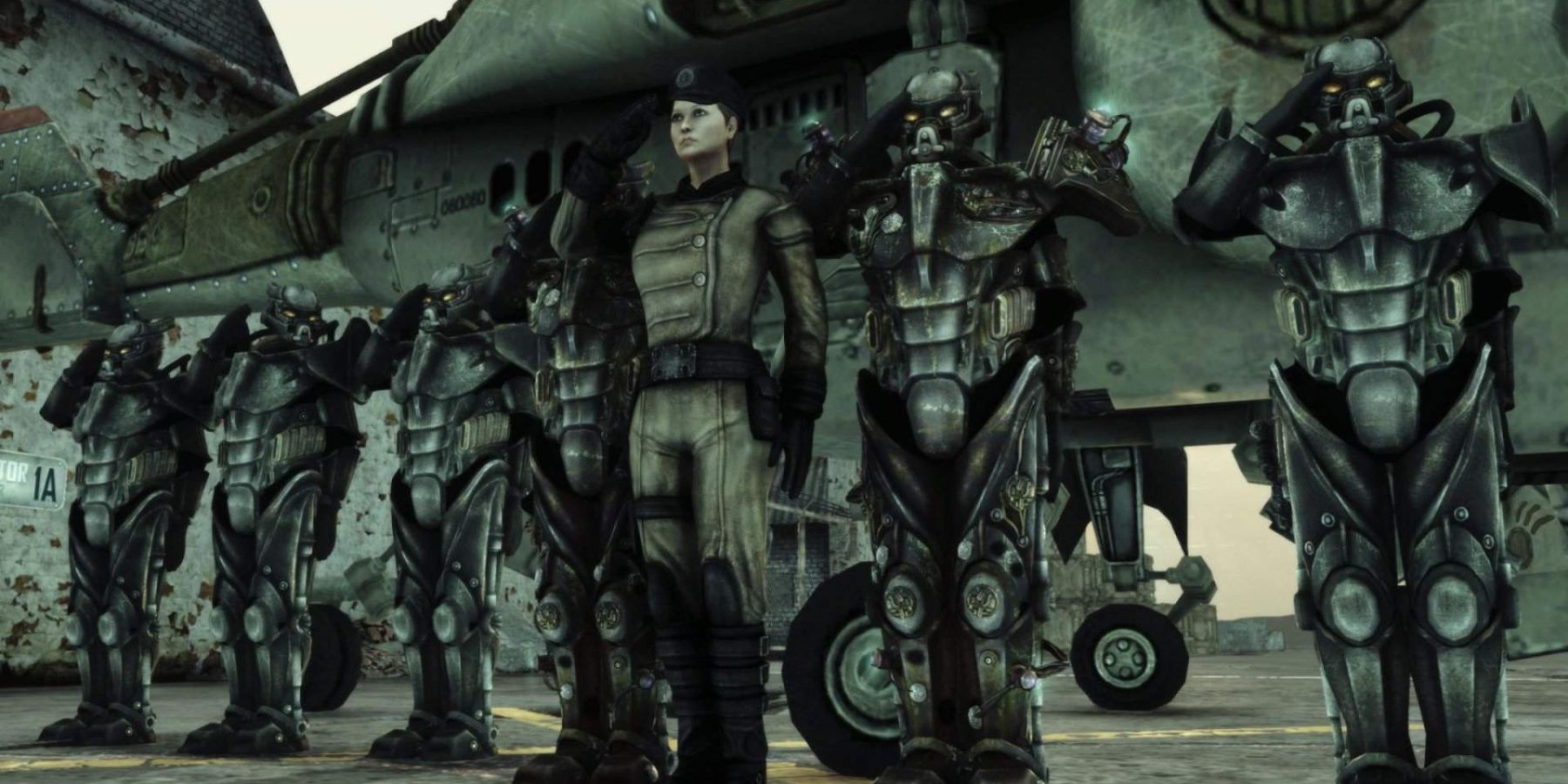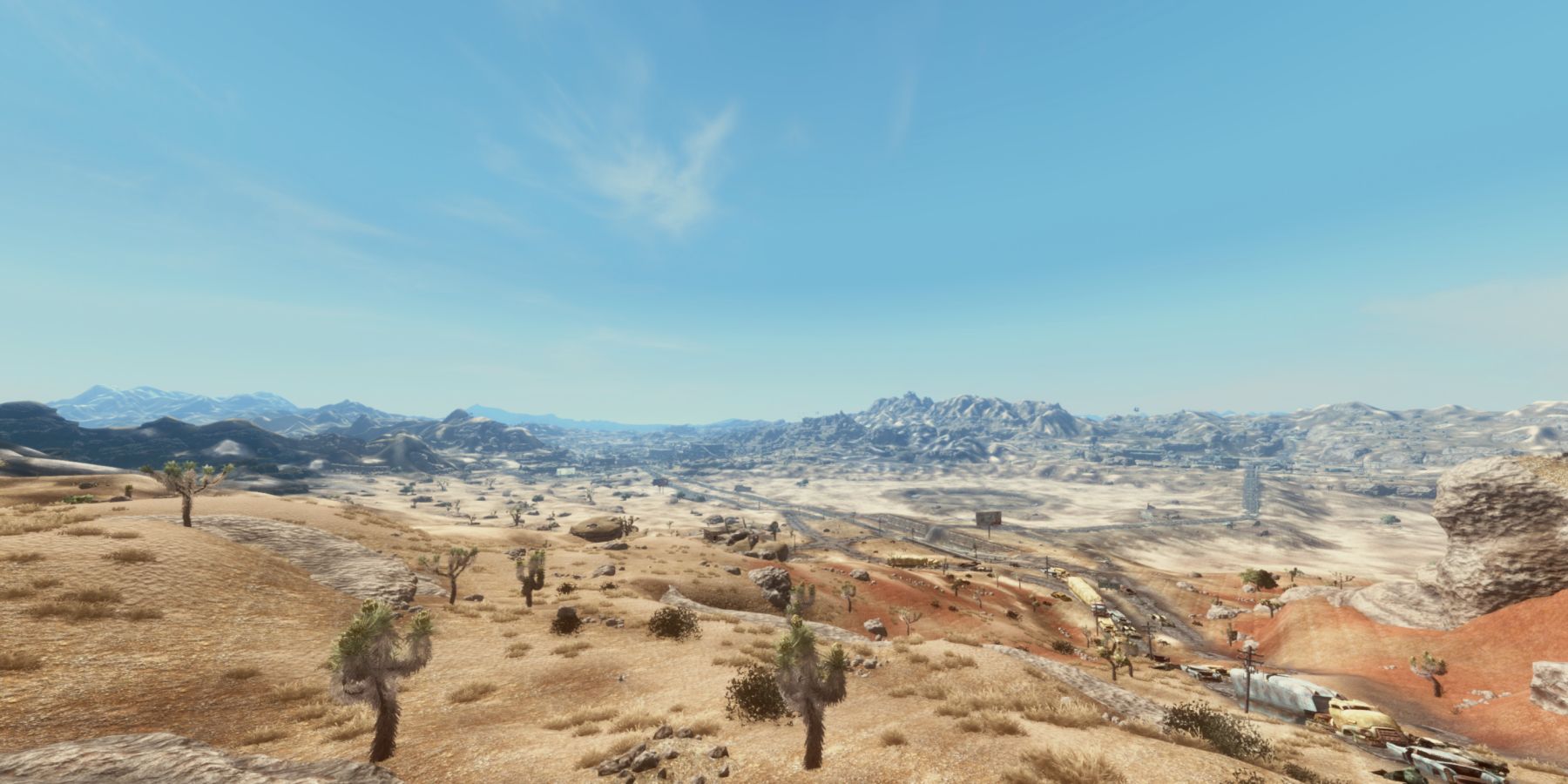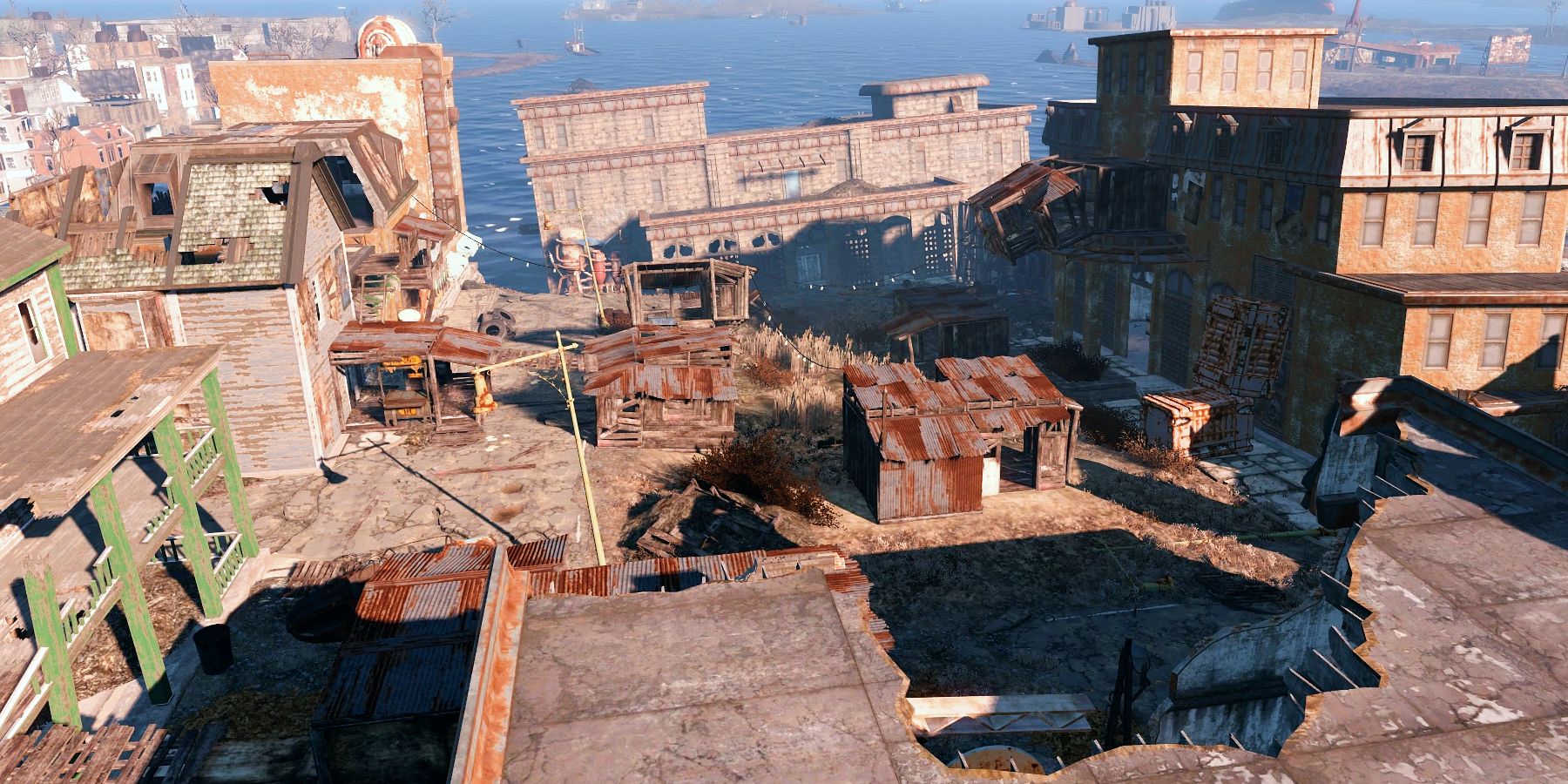The Fallout series is known for having a number of different and unique apocalyptic settings across each of the games. This is even true within the games themselves, which often feature DLC in which the player is taken to new areas for story purposes. Not every wasteland in the Fallout universe is the same, however.
Though fans have yet to be treated to a non-American setting, the games have thus far done an excellent job of making each wasteland feel unique for a variety of reasons. Some of these reasons include the weather, landscape, enemy types, architecture and so much more within the borders of the former USA alone.
8 Super Mutants
Super Mutants are a classic Fallout enemy. They go back to the very first game, where they appeared in the Southwestern USA. Since then, they've made appearances in virtually every game in the series, and have appeared in all corners of the broader American wasteland.
The origins of the Super Mutants varies depending on the region, as does their appearance and personality as a group. In the west, they were created by The Master to serve as a unified army, while in the East, isolated pockets of Mutants have sprung up due in large part to experimentation by Vault-Tec in Vault 87 and The Institute under the CIT ruins. Furthermore, West Coast Mutants are far smarter than their Eastern cousins and even follow a quasi-religious ideology, whereas the latter are more like big, dumb brutes.
7 Nuclear Pollution
One major difference between the various settings of the Fallout games is the amount of radioactive pollution present in the area. For example, when playing Fallout: New Vegas, players will note that most of the water is completely safe to swim in and drink. Meanwhile, in Fallout 3 and 4, the water is heavily irradiated to the point that most vegetation is dead. Fallout 4 in particular features nasty radiation storms that originate from the Glowing Sea, an absurdly radioactive and dangerous area of the Commonwealth.
Interestingly, the West was just as harrowing as the East in the early days after the Great War. This can be seen in the first Fallout game, which is every bit as unforgiving and desolate as something like the Capital Wasteland. The difference seems to be that the West was able to heal over time, while the East never really got that chance.
6 The Institute
The institute is based exclusively in Fallout 4's Commonwealth region. They made a brief cameo in Fallout 3 during The Replicated Man quest, but beyond this, they have only appeared in Fallout 4. In the Commonwealth, the institute seeks to influence events in the wasteland, utilizing their scientific prowess to accomplish this in multiple ways. They claim this is for the betterment of mankind; however, very few in the wasteland see it this way.
Most people in the area in fear of being kidnapped by the Institute and replaced by a synth, or just straight up killed. Joinable factions such as the Railroad and Brotherhood of Steel are extremely hostile towards the Institute and its agenda for the wasteland, and actively oppose their efforts at every opportunity.
5 The NCR and Caesar's Legion
While it technically first appeared in Fallout 1, the New California Republic is really seen for the first time in Fallout 2 and then again in Fallout: New Vegas. In the latter, they have evolved from a small shanty town into a fully fledged (though imperfect) democracy modeled after the old USA. Over the years, they've become one of the defining factions of the west coast.
Their desire to expand their borders has brought them into conflicts with other major wasteland factions. Most significantly, this includes Caesar's Legion in the Mojave wasteland. Hailing from the Midwest, the Legion is a brutal and regressive (both ideologically and technologically) army led by Caesar, a man who fancies himself as a godlike dictator over his nation. In most ways, they are the exact opposite of the NCR, with whom they engage in open warfare for control of the Mojave and its resources.
4 The Brotherhood of Steel
The Brotherhood is a unique faction in that they have somewhat of a nationwide presence. The BOS originally formed in California, but eventually sent detachments not only to the Capital Wasteland but even to the Commonwealth. Depending on the region, the Brotherhood can vary wildly in terms of equipment, power projection, ideology and more.
On the West coast, they prefer to use underground hideouts and are extremely xenophobic. In the East, the Brotherhood under Elder Lyons is far more open and accepting of wastelanders, and even attempts to help them on a daily basis. This chapter of the BOS is based in the former Pentagon building, rather than underground. This chapter eventually grows much more powerful and expands into the Commonwealth with the help of their new flying fortress, the Prydwen. At this time they are also led by Elder Maxson, a younger, far more headstrong leader than Lyons ever was.
3 The Enclave
Once a powerful faction on the West coast of the former USA, the Enclave is eventually defeated by the Chosen One in Fallout 2. From here they would escape to the East coast, where they would once again be defeated by the Lone Wanderer and the Brotherhood of Steel. Defunct Enclave pockets exist in other parts of the country like Appalachia and the Mojave, though they are either disbanded or long dead by the time the player can discover them.
Originally, the Enclave was based on an oil rig in the Pacific Ocean. Here, they were led by President Dick Richardson, a "pure human," from 2220 to 2242. From this base of operations they would use Navarro as a refueling base on the mainland, and attempt to control the wasteland using their advanced technology. After their defeat, they would escape to Raven Rock in the Capital Wasteland and rebuild themselves. Here, they would be led by Col. Augustus Autumn and the ZAX computer posing as President John Henry Eden. So much for being the voice of the people.
2 Landscape and Climate
Just like real life, the terrain and climate varies considerably across the American continent in the Fallout universe. On the Western side of the country, the land is a dry, open desert. This can be seen in Fallout 1, 2 and New Vegas, where the setting takes on a Mad Max inspired look with some wild west elements thrown in. Contrast this with the East coast wastelands, such as the Capital Wasteland, which is more mountainous and gives off a colder vibe. The Commonwealth is similar in this regard, but has unique radiation storms thanks to the Glowing Sea, and suffers from significant flooding on the eastern shores.
Unique among all of these is Appalachia, which is practically untouched by the Great War. It's teeming with lush plant life in a way that the rest of the nation isn't. Whereas other parts of the country seem inhospitable, Appalachia seems rather inviting by comparison.
1 Settlements
Every wasteland seen in the Fallout series contains settlements of some kind, be it a shanty town or walled city. The types of settlements that the player comes across depends on which region (or game) they are in at that particular time. In the Mojave Wasteland, the land is littered with old-west style towns surrounding the walled-off city of New Vegas. In the Capital Wasteland and Commonwealth, most settlements are more like scrappy shanty towns built out of the ruins of the old world, like Megaton and Diamond City.
Fallout games are also sort of time sensitive when it comes to settlements, as there are massive time jumps between the games. This can be seen in Fallout 1 and 2, particularly in how Shady Sands evolves from a small mud-hut village into a huge capital city for the NCR within 80 years. This level of progress seems more common on the West coast than it is in the East, as evidenced by the development (or lack thereof) of Megaton or Diamond City over the years.

